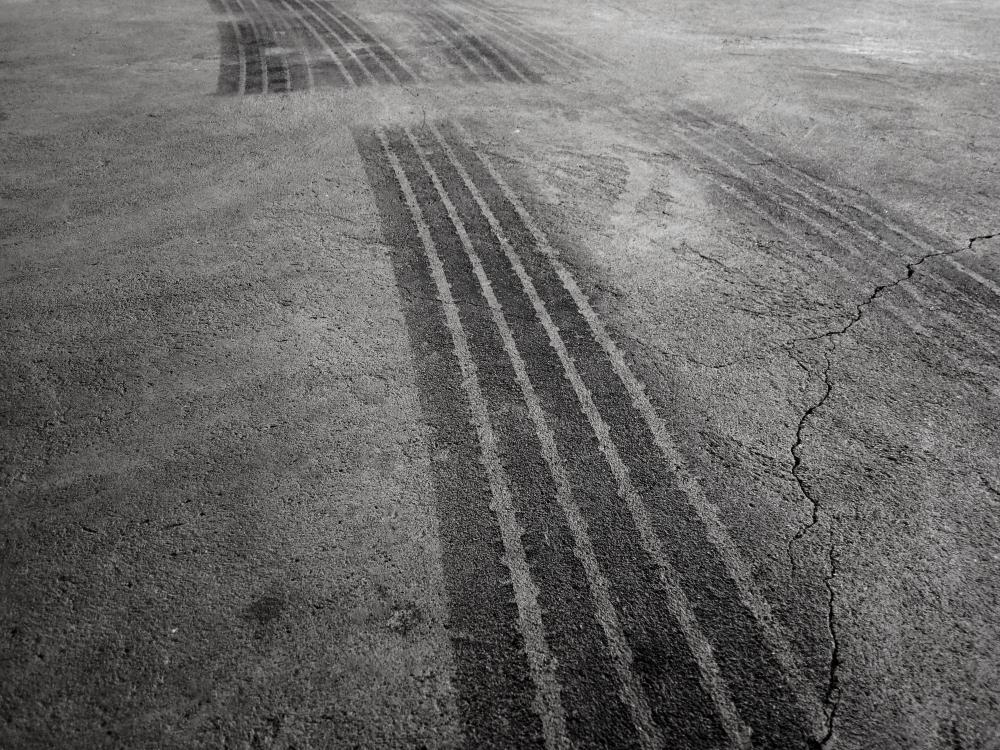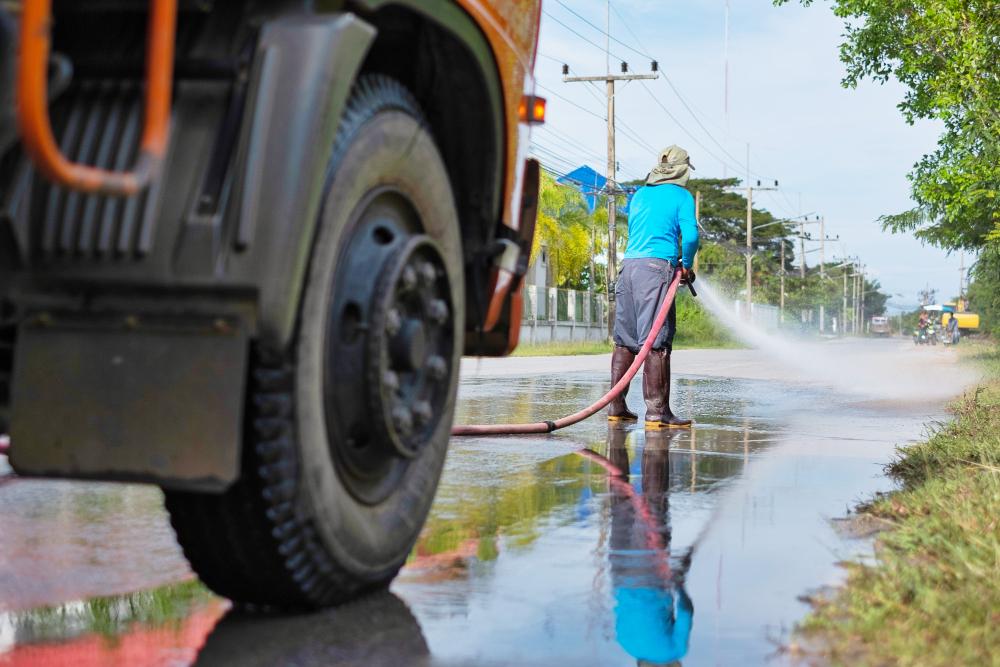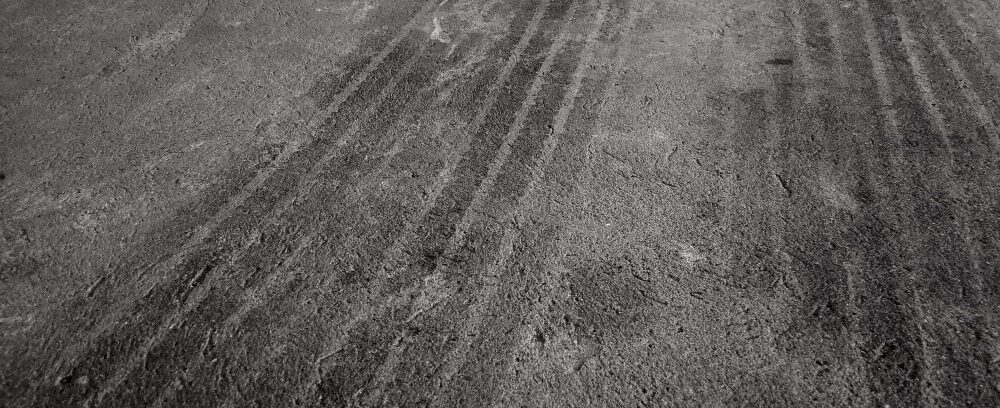Once you open your new asphalt pavement to traffic, you may notice some tire scuffing, especially if the weather is hot and humid. You might worry that your asphalt contractor made an error when installing your pavement or that your new asphalt will not have the longevity that it should. Tire scuffing is quite common, and it does not indicate poor materials or bad construction. These scuffs are strictly aesthetic and will usually disappear once the pavement has been open to traffic for a few months.
Asphalt Paving & Tire Scuffing – What Causes Tire Scuffing?
There are several things that could potentially cause scuff marks on new asphalt pavement. Here are some of the most common causes of tire scuffing.

- The longer that new asphalt pavement is allowed to cure before it is subjected to traffic, the better it will resist tire scuffing. Asphalt pavement is often opened to traffic within hours after the contractor completes the work, making tire scuffing more probable.
- If drivers of cars with power steering turn the steering wheel while their vehicles are stationary, the tires can scuff the pavement. Cars with front-wheel drive are especially bad about leaving scuff marks if the wheels are turned when the car is not in motion.
- Tires heat up when vehicles are driven during the summer, so vehicles that have just been driven on the highway are likely to leave scuffs on your parking lot or driveway.
- Low-profile tires have a shorter sidewall and wider tread than traditional tires, and they are often inflated to higher pressures. Low-profile tires increase the stress on your pavement, which can lead to scuffing.
- The asphalt cement that was used in the mix can affect the pavement’s tendency to scuff. Performance-graded asphalt cement, for example, makes the pavement more durable and reduces cracking during cold weather. The trade-off is an increased likelihood of scuffing, especially during the first season of hot weather.
- The specifications for the mix can contribute to scuffing. For example, most property owners want an asphalt surface that is smooth and aesthetically pleasing. This is normally achieved by using finer aggregates and more sand. However, this can increase the likelihood of scuffing.
- Rarely, workmanship can be an issue. If equipment is allowed on the pavement before it is cured sufficiently, scuffing can result. Scuffing can also result from lower compaction of the asphalt due to light compaction equipment or a lack of vibration on thin pavements.
Asphalt Paving & Tire Scuffing -What Can Be Done About Scuffing?
In most instances, it is best to just ignore the scuff marks; they will typically be impossible to find before the pavement is 12 months old. Attempting to repair them will likely cause more damage to the pavement’s surface. If the pavement was engineered correctly and is not forced to bear heavier traffic than it was designed to support, scuffing will affect nothing besides the pavement’s appearance.
However, if you are concerned about the possibility of scuff marks appearing on your new pavement, there are some steps that you can take.
- Allow the pavement to cure as long as possible before you allow vehicles to access the area.
- Apply sand around truck scales, delivery areas and similar locations to help reduce scuffs left by heavier vehicles.
- Flooding the pavement with water can sometimes lower the pavement’s temperature and help prevent scuffing.

J Perry Paving is an Rhode Island paving company and we offer a full range of paving services to healthcare facilities, subdivisions and HOAs, religious institutions, airports, educational facilities, municipalities and counties, retailers, office parks, apartment complexes and other commercial enterprises throughout Rhode Island. J Perry Paving offers asphalt paving, asphalt resurfacing, street maintenance, sealcoating, road construction, asphalt repairs, parking lot striping and pavement

